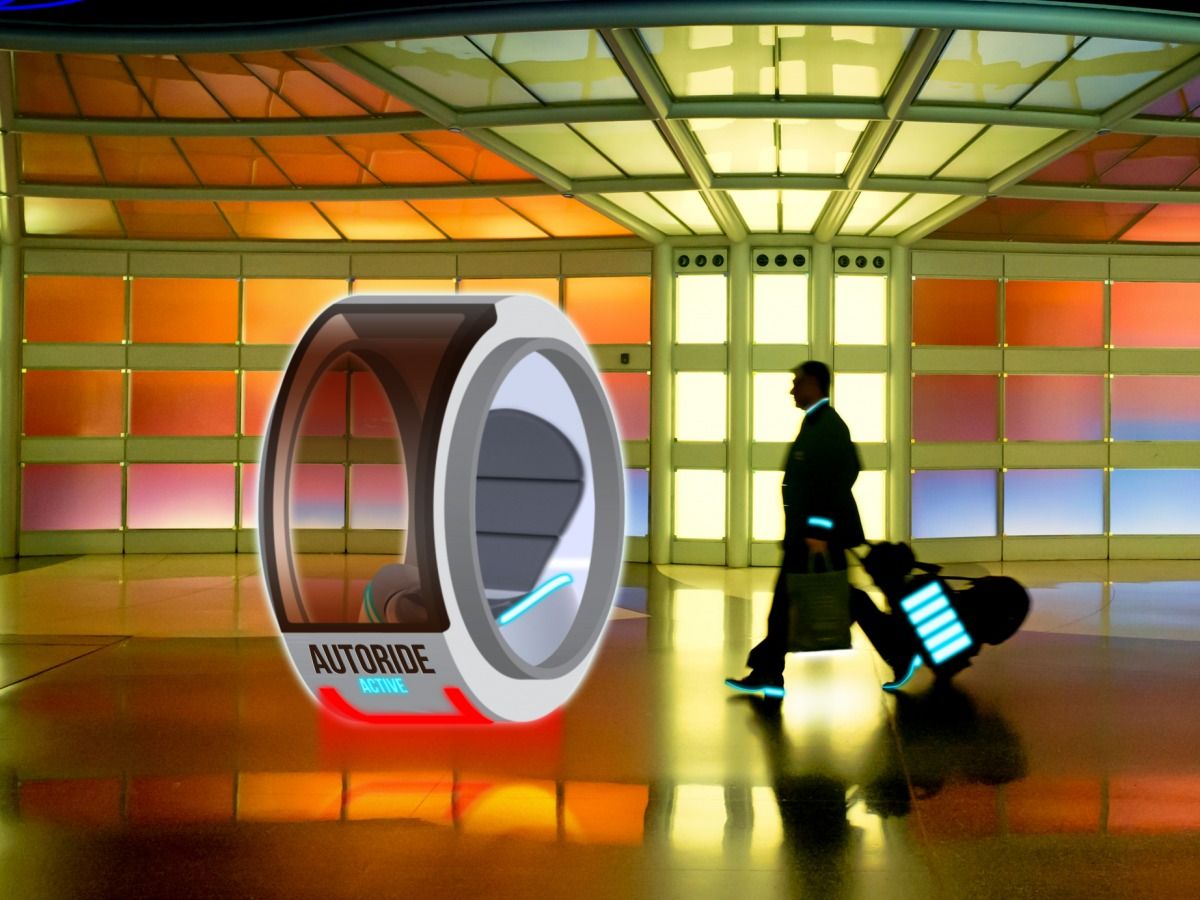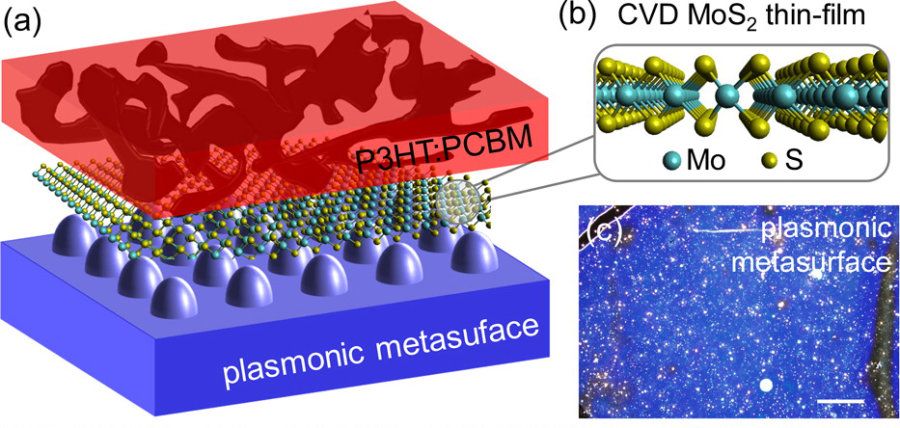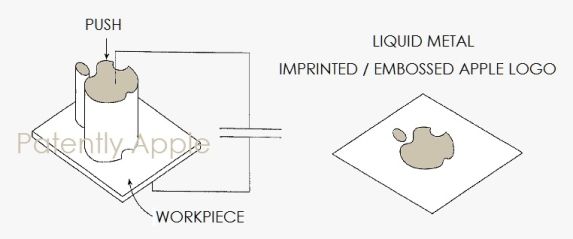Page 10315
Jan 11, 2017
Cybercriminals charge just £20 to paralyse websites
Posted by Karen Hurst in categories: encryption, security
Want to take someone’s site down and need a cheap hacker; well the Dark Web has them.
In the lawless digital hinterlands of the dark web, hackers hire out their expertise for just £20, offering to cripple websites with an overload of data from ready-made “botnet” armies.
On hidden forums, accessible only by using encrypted technology, clients tout for their services, bidding to have cybercriminals perform all manner of illegal activities, such as compromising university systems to alter grades.
Continue reading “Cybercriminals charge just £20 to paralyse websites” »
Meet TOR the Dark Web’s friend. It does many of the same capabilities like a Google except your IP address is hidden. There are rules about using the site that a person signing up must agree to such as not going to sights that bogs down the performance, etc.
Ever wondered how cyber criminals meet online. How do they conduct their meetings and operations? Is it anyway near your Hollywood fantasy? Check this post to know about various anonymous platforms of hacker dealings!
Jan 11, 2017
Dark Web Offers Tools for Vengeance to Disgruntled Workers
Posted by Karen Hurst in categories: law, security
It seems the dark web is now making it easier for disgruntled employees to take their revenge to the next level, we learn from the KrebsOnSecurity article, “Rise of Darknet Stokes Fear of the Insider.” The article cites Gartner analyst Avivah Litan; she reports a steep increase in calls from clients concerned about vindictive employees, current or former, who might expose sensitive information on the dark web. Not surprisingly, companies with a lot of intellectual property at stake are already working with law-enforcement or private security firms to guard against the threat.
How, exactly, is the dark web making worker retaliation easier than ever before? Writer Brian Krebs explains:
Noam Jolles, a senior intelligence expert at Diskin Advanced Technologies, studies darknet communities. I interviewed her last year in ‘Bidding for Breaches,’ a story about a secretive darknet forum called Enigma where members could be hired to launch targeted phishing attacks at companies. Some Enigma members routinely solicited bids regarding names of people at targeted corporations that could serve as insiders, as well as lists of people who might be susceptible to being recruited or extorted.
Jan 11, 2017
A World-Renowned Futurist Reveals The Hotel Of The Future
Posted by Karen Hurst in categories: biotech/medical, computing, virtual reality
His vision is definitely achievable.
The future of airport transfer—in a pod.
World-renowned global futurist Dr. James Canton envisions hotel experiences that include supersonic travel and DNA-driven spa treatments, so what can we expect in the next decade? Canton, a former Apple Computer executive, author and social scientist, worked in conjunction with Hotels.com, to present the Hotels of the Future Study at a recent conference in San Francisco. In the study he describes hotels with everything from RoboButlers and virtual reality entertainment to hotel restaurants based on gourmet genomics and the emergence of neurotechnology to make sleep more refreshing. Canton, who has advised three White House Administrations and over 100 companies, believes these megatrends will shape the future of the hotel experience and that the RoboButler is the change we will most likely see first. Although, he also notes that plans are already underway for a supersonic hyperloop route from Los Angeles to New York City.
Continue reading “A World-Renowned Futurist Reveals The Hotel Of The Future” »
Jan 11, 2017
Why we need to keep an eye on whether a blood infection in cattle is linked to breast cancer in humans
Posted by Karen Hurst in categories: biotech/medical, food
Pretty wild; blood infections in cattle may have a possible link to breast cancer in humans.
Meredith Frie, Michigan State University
Humans began domesticating animals for food over 10,000 years ago, cultivating a close relationship with animals over the following millennia. Like humans, animals can get sick, and sometimes infections pass between humans and animals. Some of these infections, like ringworm, are mostly harmless, while others, like bovine tuberculosis, are extremely serious.
But how do we find out if these infections pose a risk to humans? I study dairy cows infected with bovine leukemia virus (BLV), which is found in most of the dairy herds in the U.S. Scientists are trying to figure out if BLV infects humans and, if it does, whether there is a link between BLV and breast cancer.
Jan 11, 2017
Hong Kong’s Air is Now Filled with Smog Blown From China
Posted by Karen Hurst in categories: environmental, health
Bigger question is what happens when it begins to impact it’s other neighbors including Japan and Tiawan?
Bigger question is what happens when it begins to impact it’s other neighbors including Japan and Taiwan?
Hongkongers were forced to breathe China’s airpocalypse smog over the weekend when monsoon winds from the northeast pushed the poisonous air from the mainland down to the city.
Continue reading “Hong Kong’s Air is Now Filled with Smog Blown From China” »
Jan 10, 2017
Smart Highway Market Explores New Growth Opportunities By 2026
Posted by Karen Hurst in categories: electronics, transportation
For my many self driving fans. Here is an idea that they could look into as part of this infrastructure is to have the sensors in the pavement be able to sense a car broken down on the side of the road and notify nearby tow trucking company hired by the city or county as well as the same sensors able to pick up on vehicle impacts on the road to contact police/ hwy. patrol and emergency responders as cameras cannot be everywhere to monitor.
Press release — Persistence Market Research Pvt. Ltd — Smart Highway Market Explores New Growth Opportunities By 2026 — published on openPR.com.
Jan 10, 2017
2D materials enhance a 3D world
Posted by Karen Hurst in categories: particle physics, solar power, sustainability
In the past decade, two-dimensional, 2D, materials have captured the fascination of a steadily increasing number of scientists. These materials, whose defining feature is having a thickness of only one to very few atoms, can be made of a variety of different elements or combinations thereof. Scientists’ enchantment with 2D materials began with Andre Geim and Konstantin Novoselov’s Nobel Prize winning experiment: creating a 2D material using a lump of graphite and common adhesive tape. This ingeniously simple experiment yielded an incredible material: graphene. This ultra-light material is roughly 200 times stronger than steel and is a superb conductor. Once scientists discovered that graphene had more impressive properties than its bulk component graphite, they decided to investigate other 2D materials to see if this was a universal property.
Christopher Petoukhoff, a Rutgers University graduate student working in the Femtosecond Spectroscopy Unit at the Okinawa Institute of Science and Technology Graduate University (OIST), studies a 2D material, made of molybdenum disulfide (MoS2). His research focuses on the 2D material’s optoelectronic applications, or how the material can detect and absorb light. Optoelectronics are ubiquitous in today’s world, from the photodetectors in automatic doors and hand dryers, to solar cells, to LED lights, but as anyone who has stood in front of an automatic sink desperately waving their hands around to get it to work will tell you, there is plenty of room for improvement. The 2D MoS2 is particularly interesting for use in photodetectors because of its capability of absorbing the same amount of light as 50nm of the currently used silicon-based technologies, while being 70 times thinner.
Petoukhoff, under the supervision of Professor Keshav Dani, seeks to improve optoelectronic devices by adding a 2D layer of MoS2 to an organic semiconductor, which has similar absorption strengths as MoS2. The theory behind using both materials is that the interaction between the MoS2 layer and the organic semiconductor should lead to efficient charge transfer. Petoukhoff’s research, published in ACS Nano, demonstrates for the first time that charge transfer between these two layers occurs at an ultra-fast timescale, on the order of less than 100 femtoseconds, or one tenth of one millionth of one millionth of a second.
Jan 10, 2017
Apple Granted Liquid Metal Related Patent for Embossed Apple Logo on Products
Posted by Karen Hurst in category: innovation
Luv my liquid metals and liquid circuits technology.
The U.S. Patent and Trademark Office officially published a series of 55 newly granted patents for Apple Inc. today. In this particular report we cover Apple’s granted patent relating to bulk-solidifying amorphous alloys which is also known for marketing purposes, liquid metal. One tiny aspect of this patent covers how liquid metal can be applied to Apple Products to set their embossed logo as noted in our cover graphic.
Granted Patent: Rapid Discharge Forming Process for Amorphous Metal (Liquid Metal)
Continue reading “Apple Granted Liquid Metal Related Patent for Embossed Apple Logo on Products” »
















